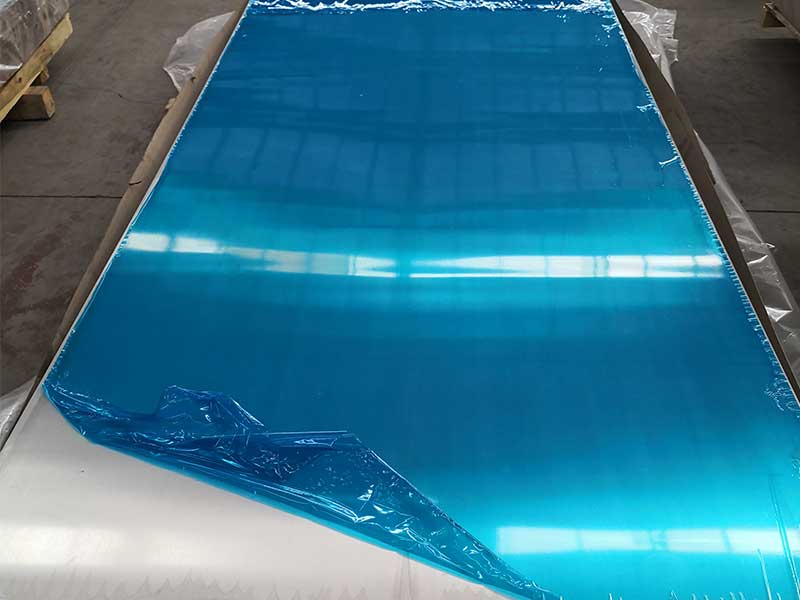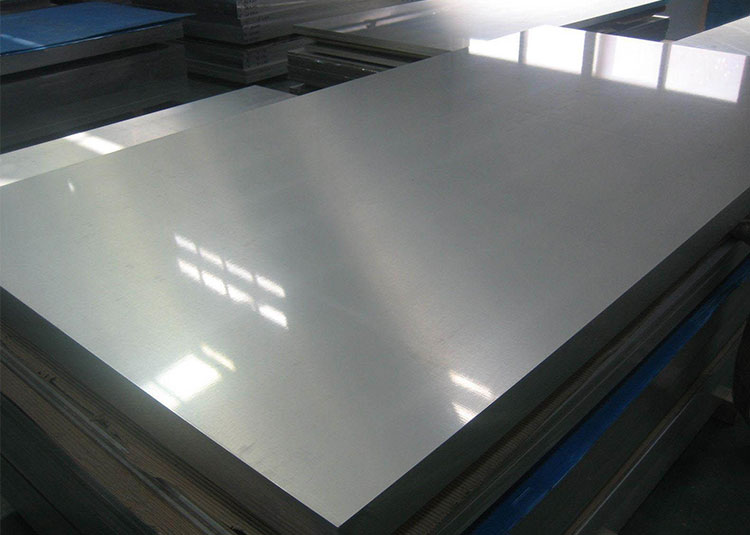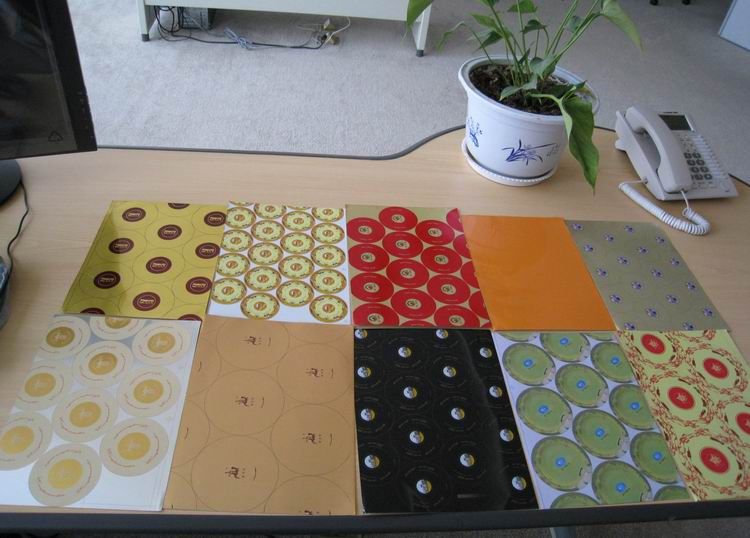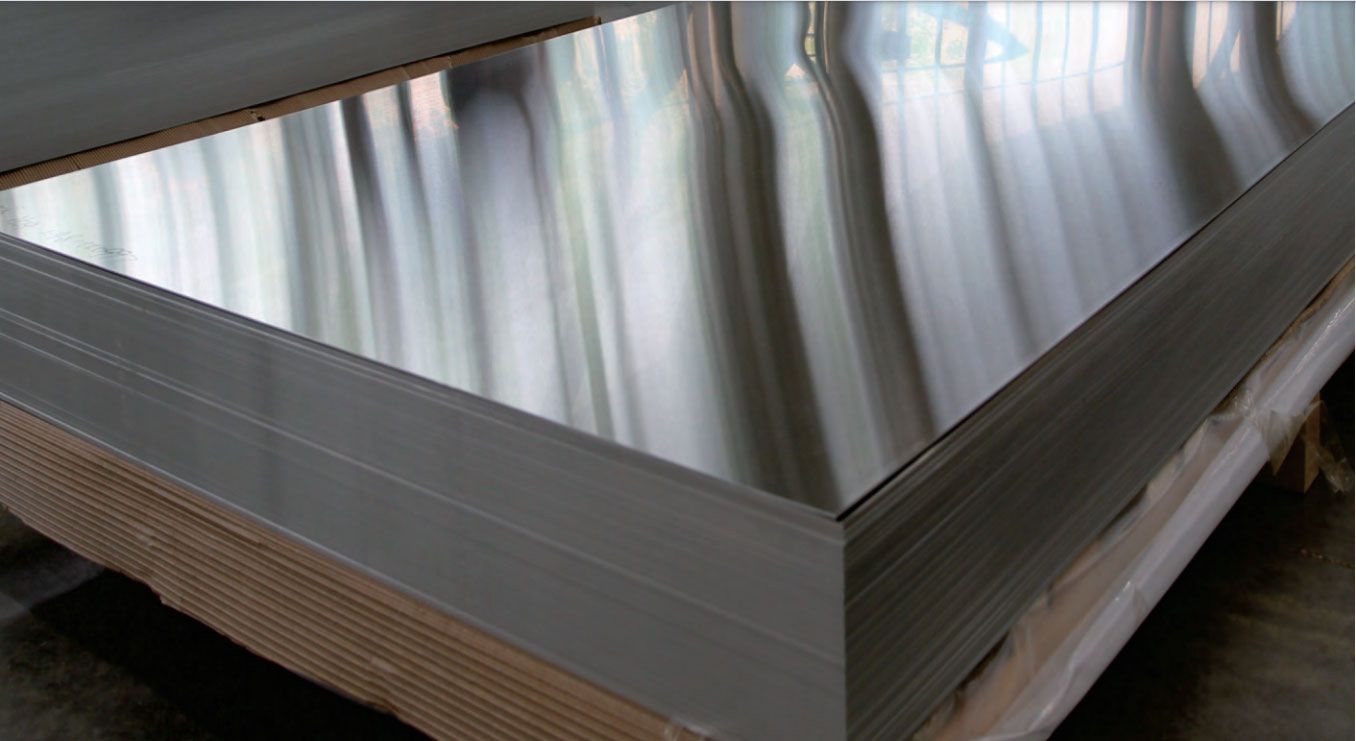When selecting aluminum plates for industrial applications, the nuances between alloy types is crucial for durability, performance, and cost-efficiency. Among the common marine-grade and structural aluminum options, 5182 and 5454 aluminum plates stand out. While both belong to the 5xxx series and offer excellent corrosion resistance and mechanical properties, delving into their functions, implementation standards, tempering conditions, and chemical makeup reveals distinct characteristics that guide their optimal use.
Distinct Functional Profiles: 5182 vs 5454 Aluminum Plates
5182 Aluminum Plate: High Strength and Excellent Formability
5182 alloy features elevated magnesium content (around 4-5%), providing higher strength and superior deformation capabilities compared to many other 5xxx alloys. It performs well under punching, bending, and deep drawing processes, making it ideal for complex-shaped applications or where endurance against strain is required. This alloy is frequently used in sectors requiring excellent surface appearance and superior anti-corrosion performance, especially in automotive panels, mobile homes, and marine interiors.
5454 Aluminum Plate: Superior Corrosion Resistance and Weldability
With magnesium content around 3%, 5454 aluminum plate offers excellent corrosion resistance particularly in marine atmospheres and industrial environments. It demonstrates top-notch weldability and favorable mechanical toughness even in thicker plate forms. Thus, 5454 is often selected for shipbuilding, heavy machinery components, and chemical industry structures, where corrosion resistance under aggressive environments paired with moderate strength is essential.
Comparative Chemical Properties and Standards
the chemical composition clarifies performance expectations and handling needs. The table below presents the chemical elements emphasizing how differences impact their behavior:
| Element | 5182 (wt%) | 5454 (wt%) | Effect & Notes |
|---|---|---|---|
| Magnesium (Mg) | 4.0 – 5.0 | 2.5 – 3.5 | Higher Mg in 5182 provides increased strength and work-hardening |
| Manganese (Mn) | 0.25 max | 0.5 – 1.0 | Increased Mn in 5454 enhances corrosion resistance and strength stability in thick plates |
| Iron (Fe) | 0.4 max | 0.4 max | Impurity level kept low for better formability and corrosion resistance |
| Silicon (Si) | 0.15 max | 0.25 max | Elevated Si in 5454 aids casting characteristics but minimal for plate |
| Copper (Cu) | 0.1 max | 0.1 max | Low Cu to avoid sensitization and reduce intergranular corrosion risk |
Both alloys conform to:
- ASTM B209 – Standard Specification for Aluminum and Aluminum-Alloy Sheet and Plate
- EN 485-2 / EN 573 – European sheet & plate standardsAssessment to these standards ensures consistent quality, thickness tolerances, and mechanical properties.
Tempering and Mechanical Performance
Both 5182 and 5454 plates are primarily supplied in H111, H112, H34, H38 tempers—code indicating strain hardening and partial annealing.
| Temper | Description | Typical Yield Strength (MPa) | Typical Tensile Strength (MPa) | Function |
|---|---|---|---|---|
| H111 | Slightly strain hardened | 170 – 250 | 270 – 330 | General forming with low residual stress |
| H112 | Controlled strain hardened | Similar to H111 | Similar to H111 | Balanced strength/formability |
| H34 | Strain hardened & partially annealed | Up to 275 – 300 | 300 – 350 | Increased strength, moderate forming |
| H38 | Strain hardened | Highest strength region | Up to 350 – 380 | High-strength structural uses |
5182 generally shows slightly higher strength after hardening and work due to elevated Mg, making it a go-to for applications requiring greater strength-to-weight ratio.5454 offers stable mechanical properties on thicker plates at H32 or H114 tempers (analogous to H34 but for thicker products), highlighting easy weldability.
Application Recommendations Based on Functional and Technical Considerations
Choose 5182 If:
- The application demands forming into intricate shapes with good fatigue resistance
- The surface finish with anti-corrosion is critical, like in automotive body panels or RV roofs
- Moderate thickness with a stronger plate is needed for lightweight typified loads.
Choose 5454 If:
- You prioritize exceptional weldability and corrosion resistance in harsh environments
- The product involves structural components in ship construction, chemical tanks, or heavy-duty equipment
- Plate thickness involved exceeds typical lightweight applications, retaining strength over large cross-sections.
Although both 5182 and 5454 aluminum plates share members of the anti-corrosion 5000 series family with strength and manufacturability advantages, the subtle chemical and temper variations significantly impact their behavior and suitability. Evaluating magnesium and manganese content, critical temper processing, and adherence to ASTM and EN standards illuminates their differentiated capabilities. Proper selection harmonizes mechanical requirements with environmental resilience and fabrication feasibility, ensuring performance excellence with minimal cost and supply disruption.
If your project involves specific demands in strength, formability, or corrosion, aligning this of 5182 vs 5454 aluminum plates with manufacturing processes will considerably elevate outcome quality and reliability. For detailed custom sizes and tempering grades, always consult trusted suppliers ready to certify batch-specific testing results for seamless production flow.







